A safety switch is a type of switch that is designed to improve safety in electrical or mechanical systems. Safety switches are designed to automatically cut off power or stop operation under certain hazardous conditions to prevent damage, injury, or fire.
The overarching purpose of a safety switch like a clutch safety switch is protection. Whether from regular operational stresses or unexpected failures, safety switches work to minimize risks in varied industrial and commercial settings. Achieving a high level of protection, however, requires compliance with established safety standards. Governing bodies have created exhaustive sets of standards and specifications tailored for different applications and environments. These standards identify minimum safety requirements for things like component durability, automatic trigger mechanisms, fail-safe functionality, and more. Following such standards helps ensure a safety switch will perform reliably under stressful conditions without compromising end-user security. For any given safety switch application, relevant industry and electrical standards must also be thoroughly reviewed. Careful consideration is paid to standards for the equipment, location, electrical voltages, and currents involved. Only switches proven to satisfy the precise technical specifications mandated by standards will be utilized. This ensures each switch withstands anticipated forces and stresses while automatically disengaging power under the proper hazardous scenarios. Compliance is verified through rigorous testing of prototypes and final products. Switches undergo testing to verify all key components operate as intended, even under simulated failure states. Only switches receiving full certification through independent third-party audits can be implemented, providing buyers confidence they meet published protection guidelines. With compliant safety switches, equipment may be protected from unforeseen risks that could endanger workers or facilities. One recommendation is to test them twice a year, such as when clocks are changed for daylight saving time in the spring and fall. To test a safety switch, simply locate the "test" or "T" button and press it. The switch should instantly trigger to the "off" position as a safety precaution. If it does not trip off immediately, shut off the main power source right away. Then, contact a licensed electrician to inspect the switch and ensure it is functioning correctly. Safety switches are designed to help prevent electrical fires, so do not take any chances if one fails a simple test. Staying on top of routine switch maintenance helps protect the home and family.
Many common types of safety switches monitor factors like heat, pressure, movement, and electrical overload to detect potential safety issues. If a switch senses a reading outside of a preset safe range, it will immediately trigger an automatic shutdown. One such safety switch is the neutral safety switch, which is commonly found in vehicles. The neutral electric safety switch is typically located on the transmission housing. Its main function is to prevent the vehicle from starting unless the transmission is in the proper position, usually "Park" or "Neutral." This ensures the vehicle cannot start while a gear is still engaged, avoiding accidents from unintended rolling or movement. More broadly, safety switches serve several key roles. One is to automatically cut off power or stop machinery upon detection of excessive heat. Temperature-controlled or HVAC safety switches are often found in industrial equipment, vehicles, and appliances to prevent overheating issues. Pressure safety switches also help ensure the safe operation of pressurized systems. Movements and positions are carefully monitored as well. Limit switches detect the limits of a component's range of motion to prevent injuries from pinching or shearing. Emergency stop buttons enable instant shutdown from control panels during emergencies. A critical design consideration is fail-safe operation. Many switches are engineered so that internal failures default to safe disconnection. This maximizes protection even if the switch malfunctions. Safety switches protect life and equipment across countless applications by rapidly detecting and responding to unsafe conditions through automatic shutdown. Their wide use in machinery, vehicles, infrastructure, and consumer goods plays a vital role in preventing accidents and damage.

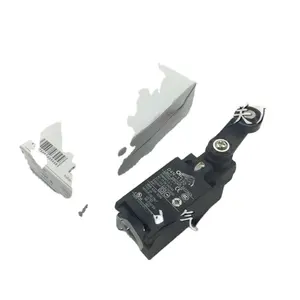












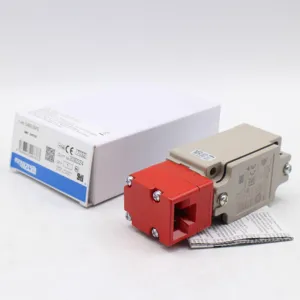





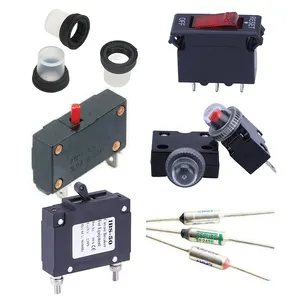



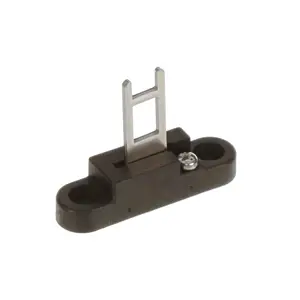

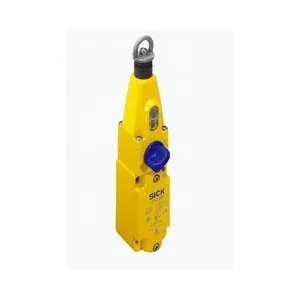
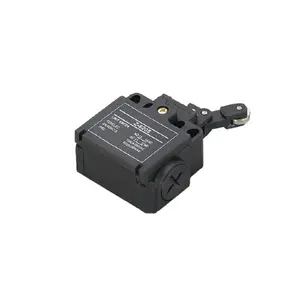


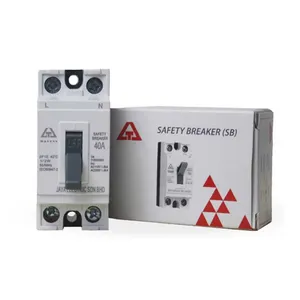


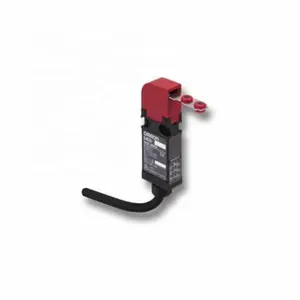


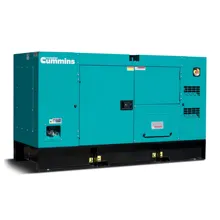

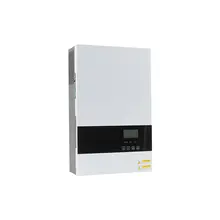

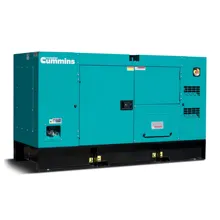




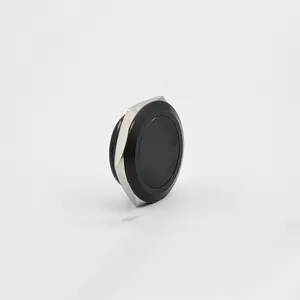
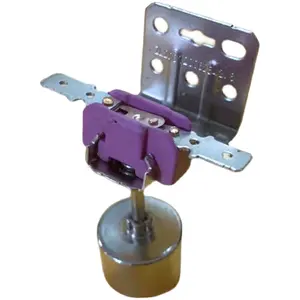




















 浙公网安备 33010002000092号
浙公网安备 33010002000092号 浙B2-20120091-4
浙B2-20120091-4